All products featured are independently chosen by us. However, SoundGuys may receive a commission on orders placed through its retail links. See our ethics statement.
Prevent pain and infection when wearing earbuds
Have you ever suffered from a seemingly random ear infection, or pulled your earbuds out and experienced a painful suction-like sensation? You’re not alone, and if you wear in-ears regularly, you probably have more than one of those stories. Listening to music should be an enjoyable activity, rather than one responsible for pain or infection. Today, we explore a few perils of routinely wearing earphones, and how to prevent discomfort or other issues.
Before we dive in, let’s clear the air: earbuds aren’t inherently dangerous technology. They’re quite safe to use and wear on a daily basis. However, sometimes things go awry and blocking your ear canals all day, every day might lead to complications.
Editor’s note: this article was updated on February 28, 2023, to update product mentions and address frequently asked questions.
Can earbuds cause infection or earwax impaction?
![Etymotic ER3XR[6] The Etymotic ER3XR in-ear studio monitors on a notebook.](https://www.soundguys.com/wp-content/uploads/2018/01/Etymotic-ER3XR6.jpg)
Earbuds are always eager to introduce dirt and bacteria to your ears. This is a recipe for infection, and you don’t have to drop your earphones on the floor to pick up bacteria—you use your hands to interact with them all the time. Have you seen hands on a microscopic level? They’re disgusting! The same bacteria that parties on your fingertips transfers to your earbuds and then to your ears, or back in a charging case. Either way, the buds are left in dark, sometimes damp places, which are the perfect conditions for bacteria colonization.
According to the Jamaica Hospital Medical Center, prolonged and frequent earbud wearing can inhibit the natural exit of earwax from the ear canal. This is bad. Earwax is more than just another charming bodily excretion—it must leave the ear canal to keep everything clean. As earwax moves up and out of the canals it picks up rogue dust and dirt particles that hitched a ride on your earbuds. Not only does this keep your middle and inner ears clean, but it also protects your eardrums from infection and obstruction.
How do you prevent ear infections when wearing earbuds?
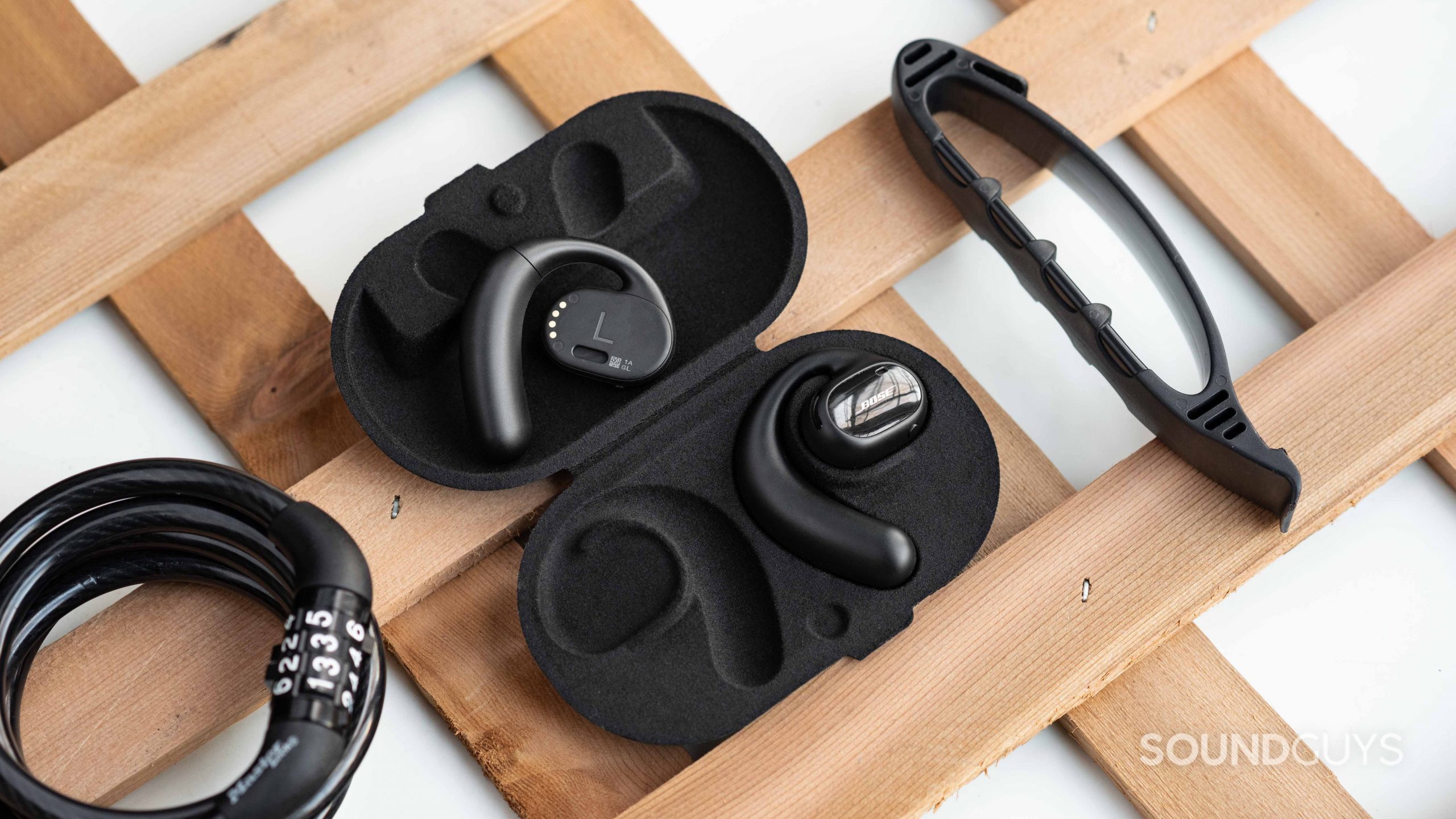
An easy way to avoid ear infections from earbuds is to regularly clean your earphones. I’m sorry to report that you need to do more than wipe the buds against your shirt; you should really break out the isopropyl alcohol and cotton swabs. How often you decide to clean your earphones depends on how frequently you use them, but we generally recommend that habitual listeners clean their earbuds and case once a week. Even if you own earbuds that come with a UV sanitizing case, like the LG TONE Free FP8, you should still clean the earbuds to remove cumulative debris.
Our ear canals weren’t biologically designed to have AirPods obstruct them day in and day out.
To avoid earwax impaction (which leads to infection), you should limit the amount of time you spend with earbuds or earplugs in your ears. When we insert these objects into our ear canals, we make it nearly impossible for the earwax to escape—worse yet, we can push earwax even further down and trap it there. It’s important to let your ears breathe to reduce moisture buildup, and this might even reduce outer ear acne (if you deal with that).
Listeners who are generally prone to ear infections and have excess earwax production might want to switch to on-ear or over-ear headphones. If you’re set on earbuds, learn what makes in-ears good.
Why do your ears hurt with earbuds?
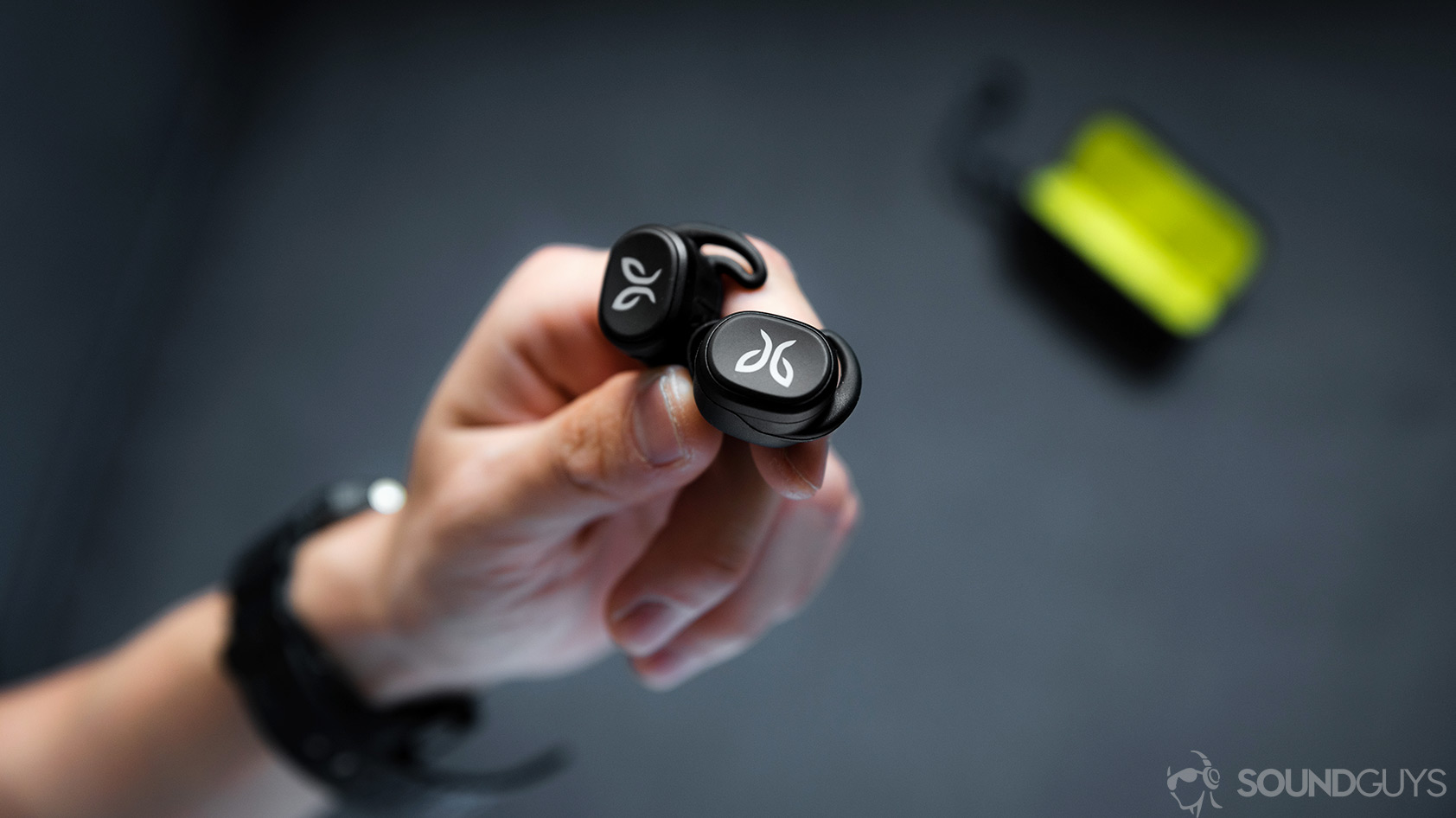
Most in-ears feature pressure relief vents to reduce that suction sensation when you get a good seal with your earbuds. This design makes it easier to remove your earphones without traumatizing your inner ears, but it isn’t foolproof. When you’re rushed, you may remove the buds too quickly and with too much force and, while it’s unlikely, you could temporarily damage your inner ears which leads to inflammation, swelling, and general discomfort. I should know: I did this in 2020.
How can you avoid pain when removing earbuds?
Just as you don’t want to forcefully jam your earbuds down your ear canals, you also shouldn’t violently tear them out. Break the seal slowly, opening your mouth as you remove each earbud. You could also try pulling down on your earlobe when you remove an earbud—it’s a subtler, surefire way to weaken an ear tip’s seal.
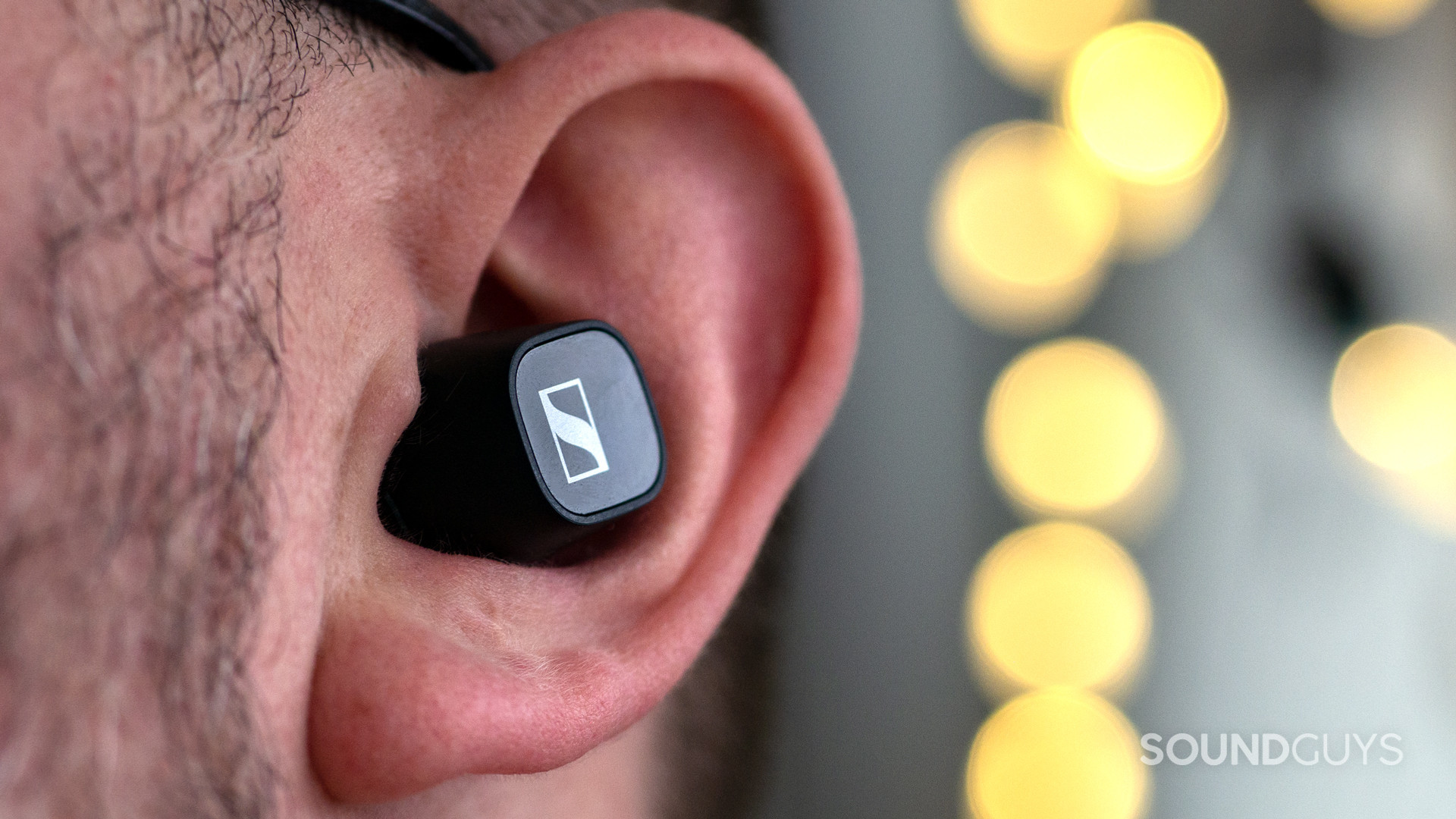
If you really don’t have the time or desire to alter your earbud removal process, slap on a pair of memory foam ear tips. Memory foam tips effectively block out external noise without creating a strong suction to your ear. The trade-off is that it takes a bit more time and precision to insert foam tips properly because you have to compress them before you insert them into your ears.
Can listening to music too loud cause hearing loss?
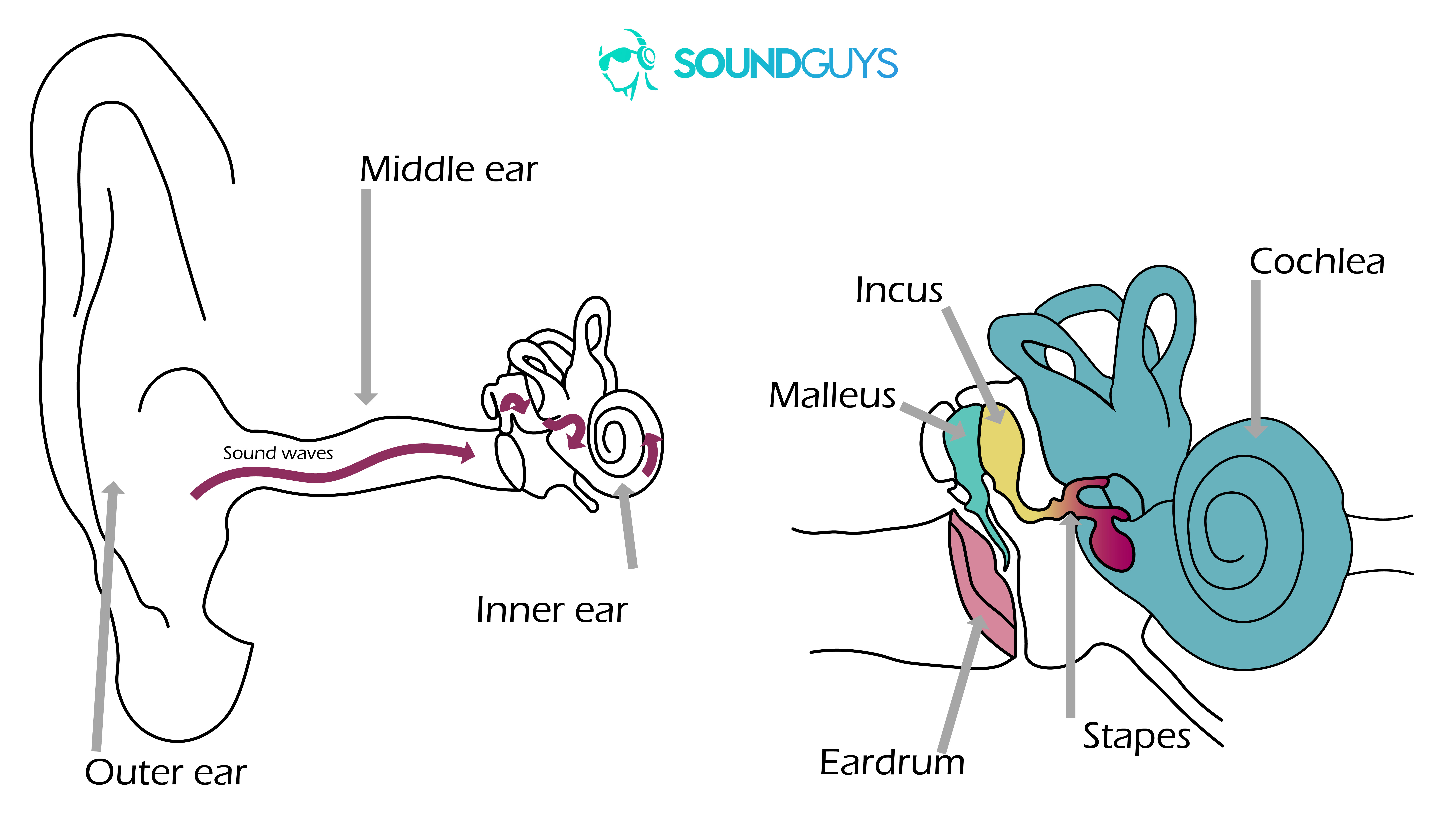
If you regularly blast your music through earbuds or headphones all day long, you might be at risk for noise-induced hearing loss, one of a handful of hearing impairments. You really shouldn’t spend much time listening to music at volume outputs greater than 85dB(SPL). It’s easier said than done though—we all know how tempting it is to crank up the volume to drown out noise and help you focus at work.
Turning up the volume may make your immediate situation more bearable, but a lifelong habit of this could damage your stereocilia. These tiny hairs are necessary for hearing high-frequency sounds, so damaging them means you’ll have a harder time hearing as you age. While diminished hearing is normal as we age, listening to loud music expedites this process.
Using AirPods with an Android phone shouldn’t affect the volume. If you suspect that you might have hearing loss, you can try an online hearing screener. If everything is fine with your hearing,
Protect your hearing: keep it down
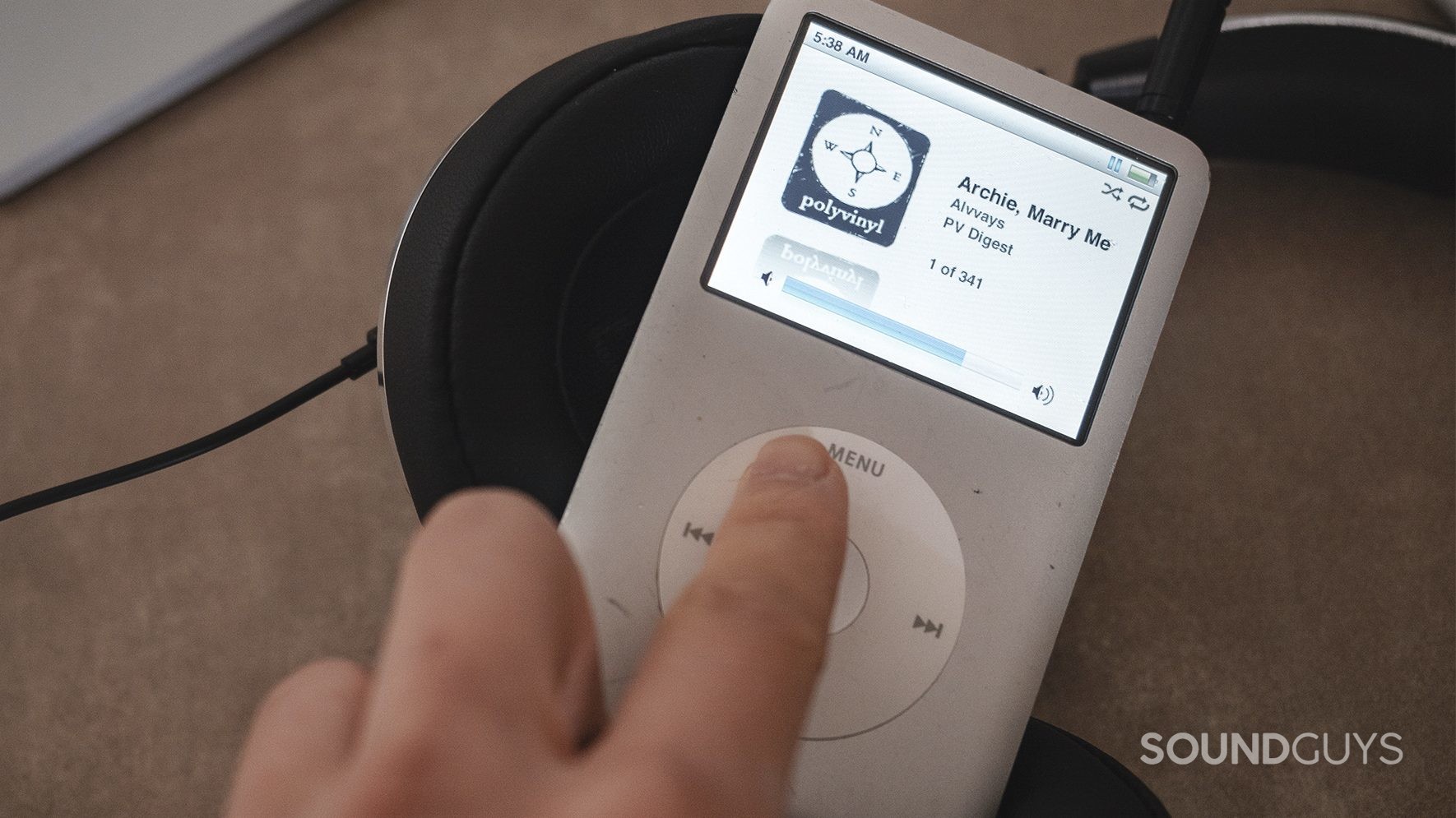
There are plenty of ways to prevent noise-induced hearing loss, namely reducing the volume and shortening the amount of time you listen to music. Prolonged exposure to 85dB(SPL) sounds can cause hearing loss. Before anyone bemoans volume limiters, 85dB(SPL) is as loud as a lawnmower according to the CDC, so you have plenty of wiggle room before you hit the danger zone.
Active noise canceling (ANC) headphones are a great tool to combat hearing loss. When ANC works well, you’re less likely to reflexively increase the volume of your music. The noise canceling tech does a lot of the legwork since it actively combats droning, low-frequency sounds and can render these sounds up to one-sixth as loud as they’d normally sound. Unfortunately, a good pair of noise canceling headphones can be pretty cost-prohibitive and the market trends around $300-$400 USD. However, plenty of great ANC headphones often go on promotion, like the Bose QuietComfort 45.
Are earbuds dangerous?
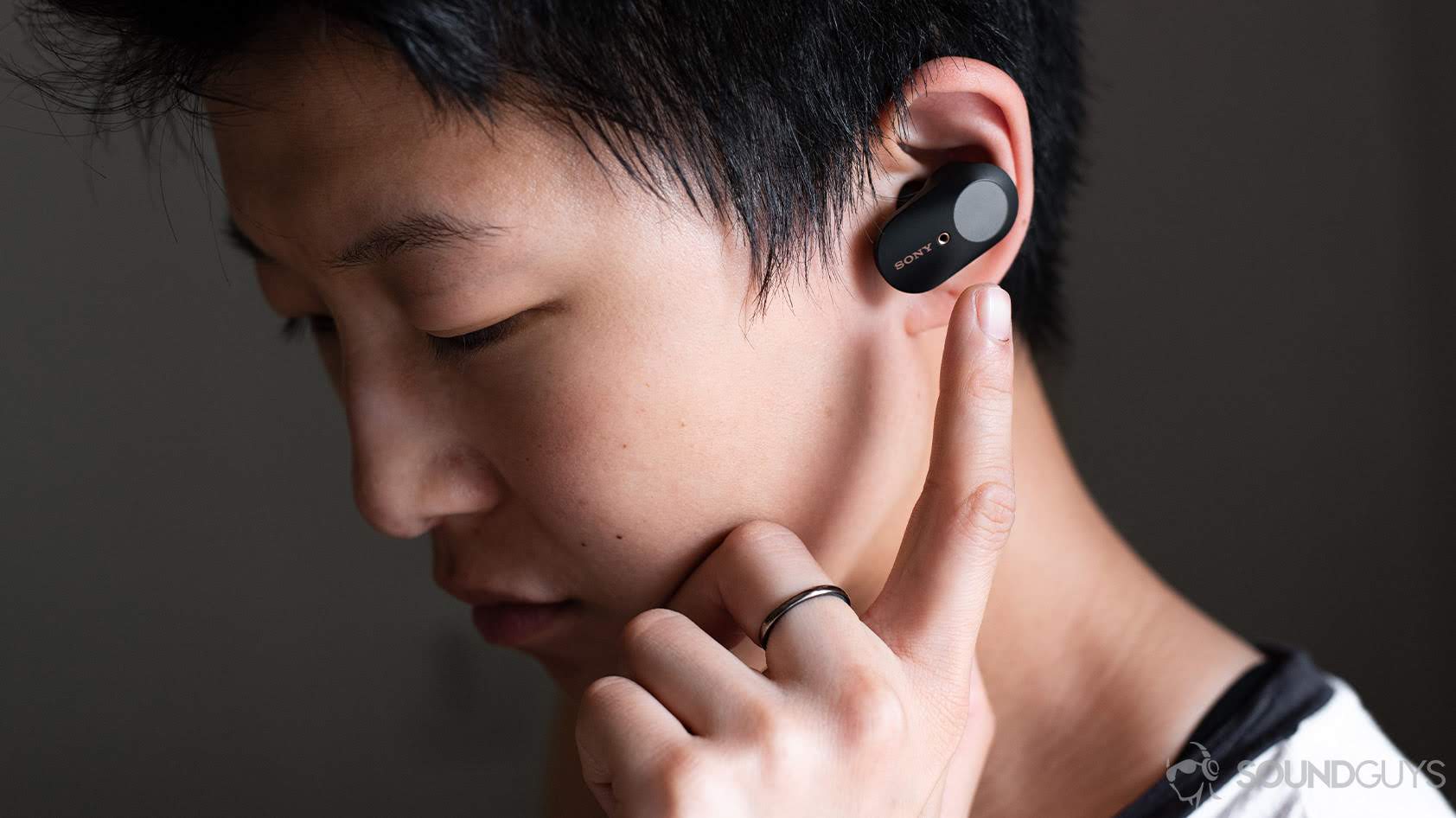
No, earbuds aren’t inherently dangerous, but like most things, using them carries a small degree of risk. This article is meant to address the worst-case scenarios that arise from the frequent, ceaseless wearing of earbuds. If you take the proper precautions, you’re unlikely to encounter any of these issues.
Don’t overthink it. If the music seems too loud, it probably is. If you can’t remember the last time you gave your ears a rest, you should probably take out your in-ears. If you’ve never cleaned your ear tips, now is as good a time as any.
We want you to remain safe while you enjoy your favorite music, movies, and podcasts. After all, healthy ears are happy ears.
How often do you clean your earbuds?
Frequently asked questions
Most workout earbuds do sit in the ear canal. However, models with an ear hook, like the Beats Powerbeats Pro, relief pressure on the ear canal. If you don’t want anything stuck in your ear at all, try bone conduction headphones. The Shokz OpenRun are highly dust and water resistant (IP67 rated), which makes them great for outdoors workouts in any season.
This depends on why you’re using ear drops. If you’re using them to treat an infection, wait until you have fully recovered. In the meantime, you may be able to use bone conduction headphones. In any case, please ask a medical professional for advice on your specific case.